Everything we know so far
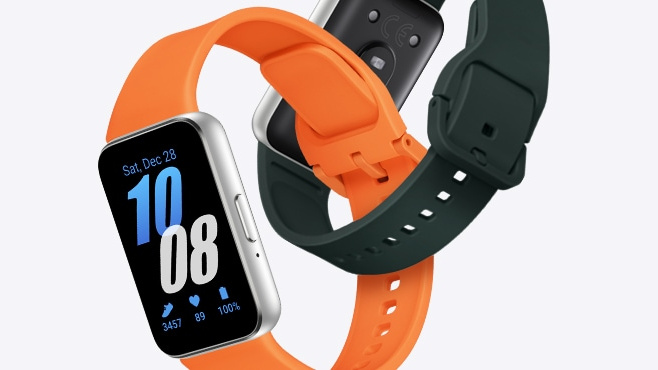
While Samsung has made many great smartwatches in recent history, it’s been three years since Samsung launched a dedicated fitness tracker. Recently, a flurry of rumors suggests this is about to change with the upcoming launch of the Samsung Galaxy Fit 3. Here’s everything we know about the Galaxy Fit 3 rumors, as well as what we’d like to see this time around.
Keyword: At a glance
- When is it expected to come out? It’s very likely we’ll see the Galaxy Fit 3 sometime in H1 2024.
- What new features could there be? The Fit 3 will have a bigger better display and several other key improvements, according to early rumors and leaks.
- How much might it cost? Pricing is hard to narrow down right now but $100 or less seems likely.
Will there be a Samsung Galaxy Fit 3?
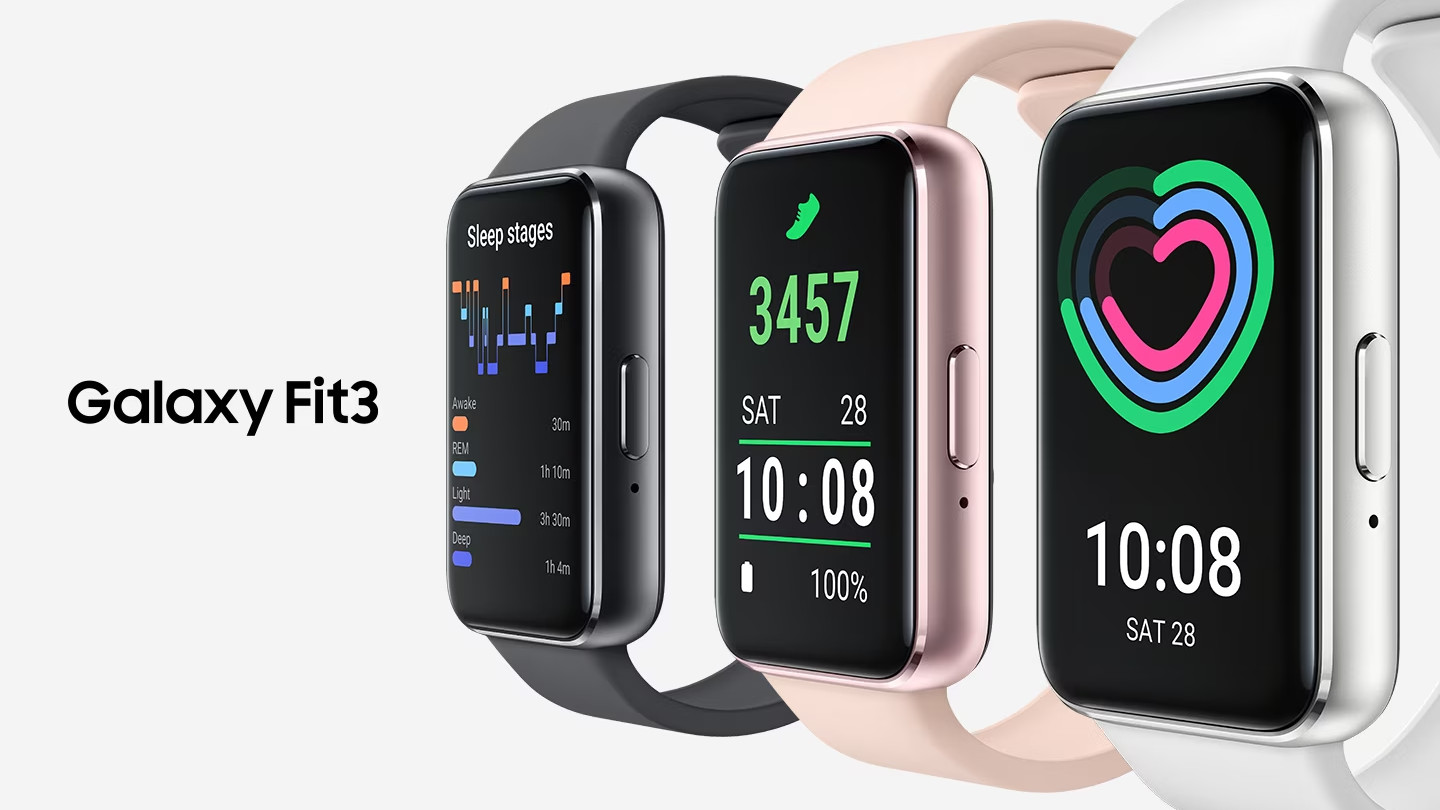
Samsung has yet to confirm the existence of the Galaxy Fit 3 officially, but that didn’t stop the company from accidentally leaking a bunch of information about it through the Samsung Gulf website on January 31, 2024. Needless to say, we can safely say there will be a new Fit in 2024.
The first rumors about this wearable started in late 2023 and have heated up significantly in 2024. At this point, we know what it looks like, a lot of the expected hardware, and a few other details. The Galaxy Fit 3 is inevitably coming soon, but what’s less clear is Samsung’s exact launch window.
What is the most likely Samsung Galaxy Fit 3 release date?
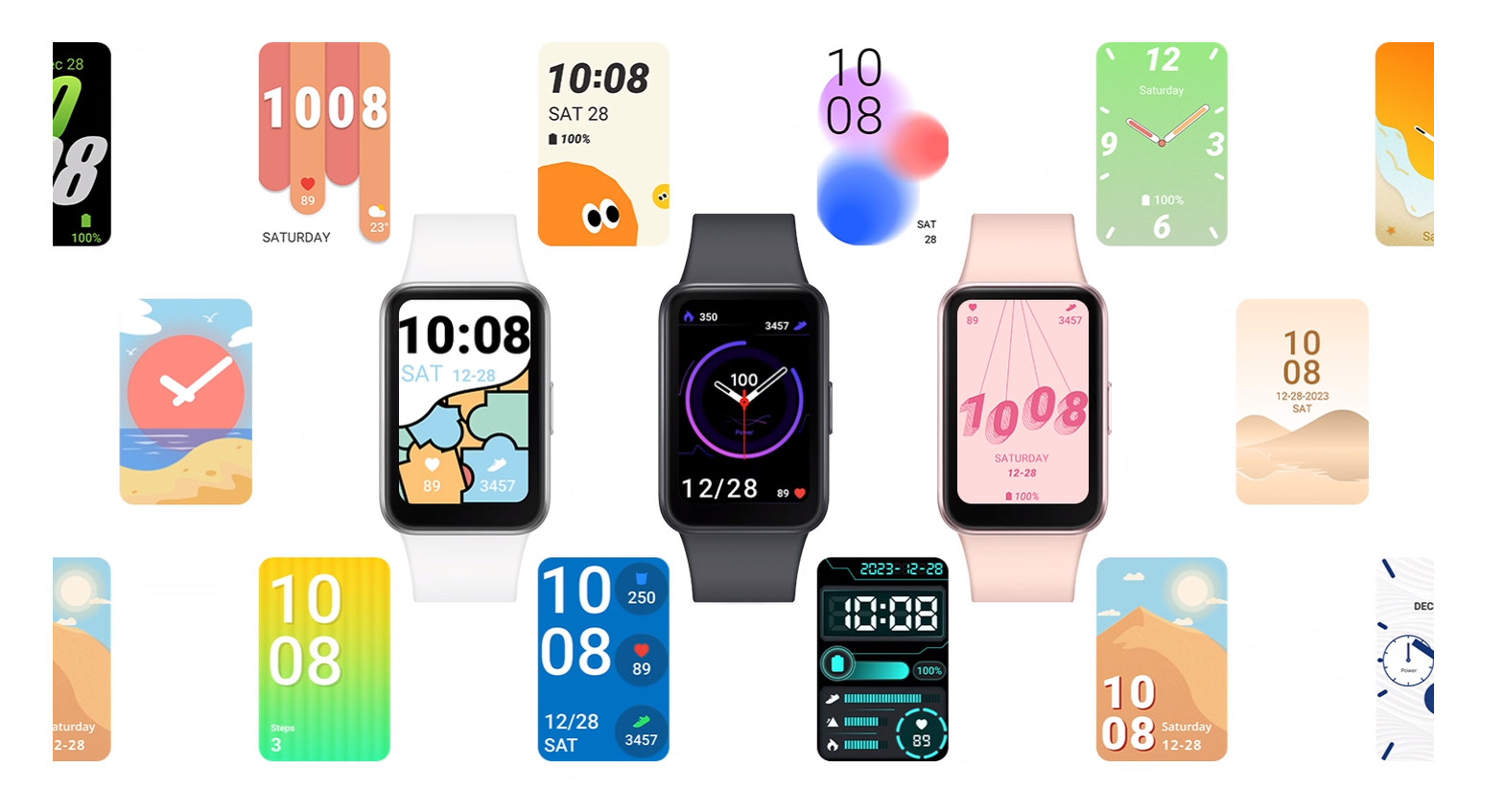
- Samsung Galaxy Fit — February 20, 2019
- Samsung Galaxy Fit 2 — September 3, 2020
The recent increase in leaks makes it clear the Galaxy Fit 3 release date isn’t far off, but there’s really no chatter around the actual date. Looking back at the past two models shows no clear history. Still, it is worth noting the original Samsung Galaxy Fit did arrive in late February of 2019, so it’s certainly possible Samsung could target a similar time frame here, perhaps for around Mobile World Congress. We predict the Galaxy Fit 3 will be here no later than the end of Spring, but again, that’s just speculation for now.
What rumored specs and features could the Samsung Galaxy Fit 3 have?
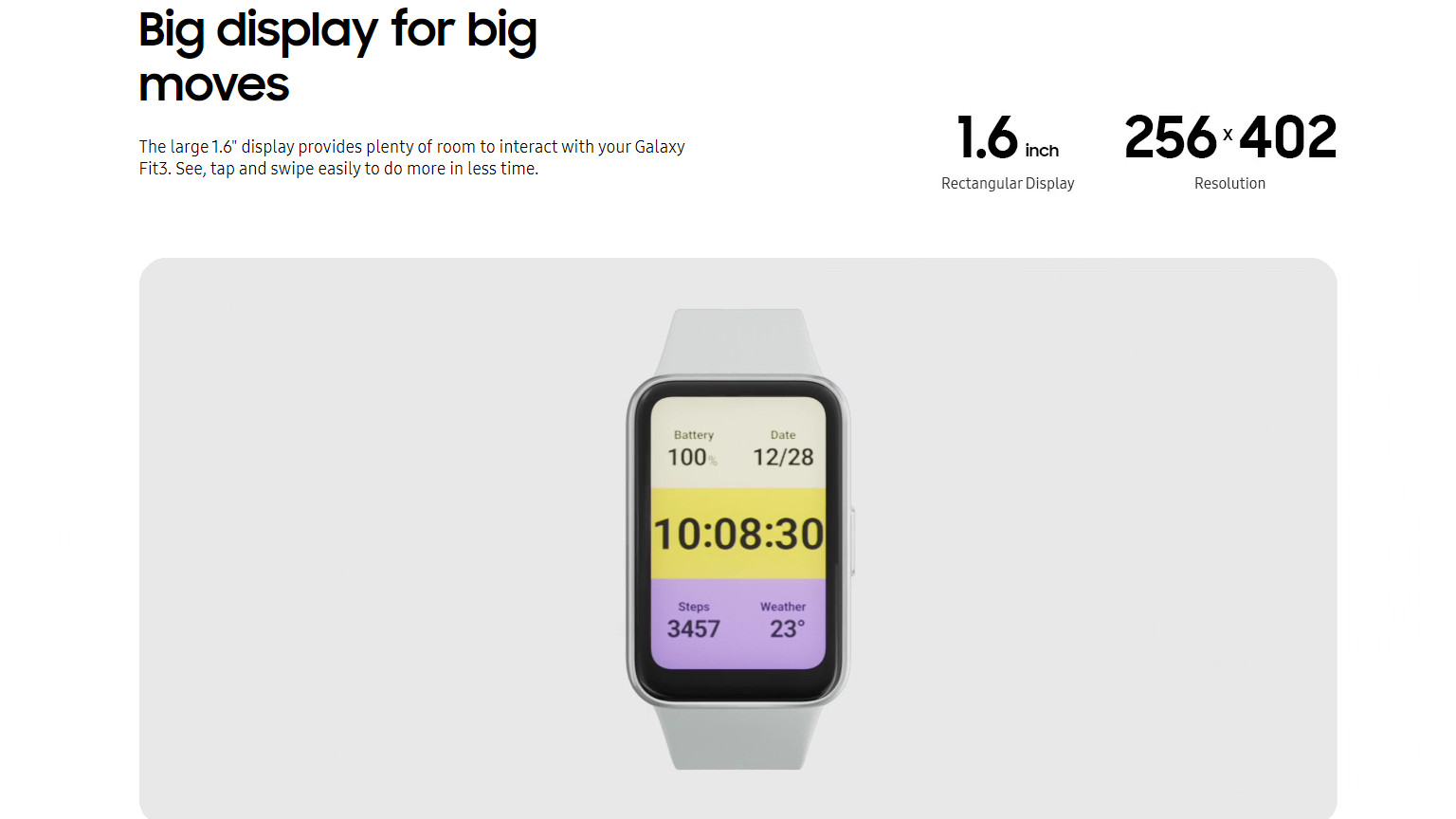
While we don’t know what the official Galaxy Fit 3 specs will look like, we have a fairly accurate idea. Pretty much all the major specs details come from the Samsung-initiated leak mentioned earlier in this guide.
Design and colors
The Samsung Galaxy Fit 3 is an attractive fitness tracker with a sizable 1.6-inch 256 x 402 AMOLED, an improvement over the Fit 2’s 1.1-inch 126 x 294 AMOLED display. It also weighs 18.5g without the straps, or 36.8g if they are attached. That makes the Fit 3 a bit heavier than its predecessor at 11.3g without the straps, and 21g with them.
As you’d expect, the Fit 3 is designed to handle the elements with a 5ATM/IP68 rating that should be able to not only handle inclement weather but is also perfect for tracking your swims.
The straps get a major upgrade for the Fit 3, ditching the old wrap-around style of bands with quick-release straps that are easy to detach and swap out. Lastly, it comes in three case colors: black, rose gold, and silver.
What’s on the inside?
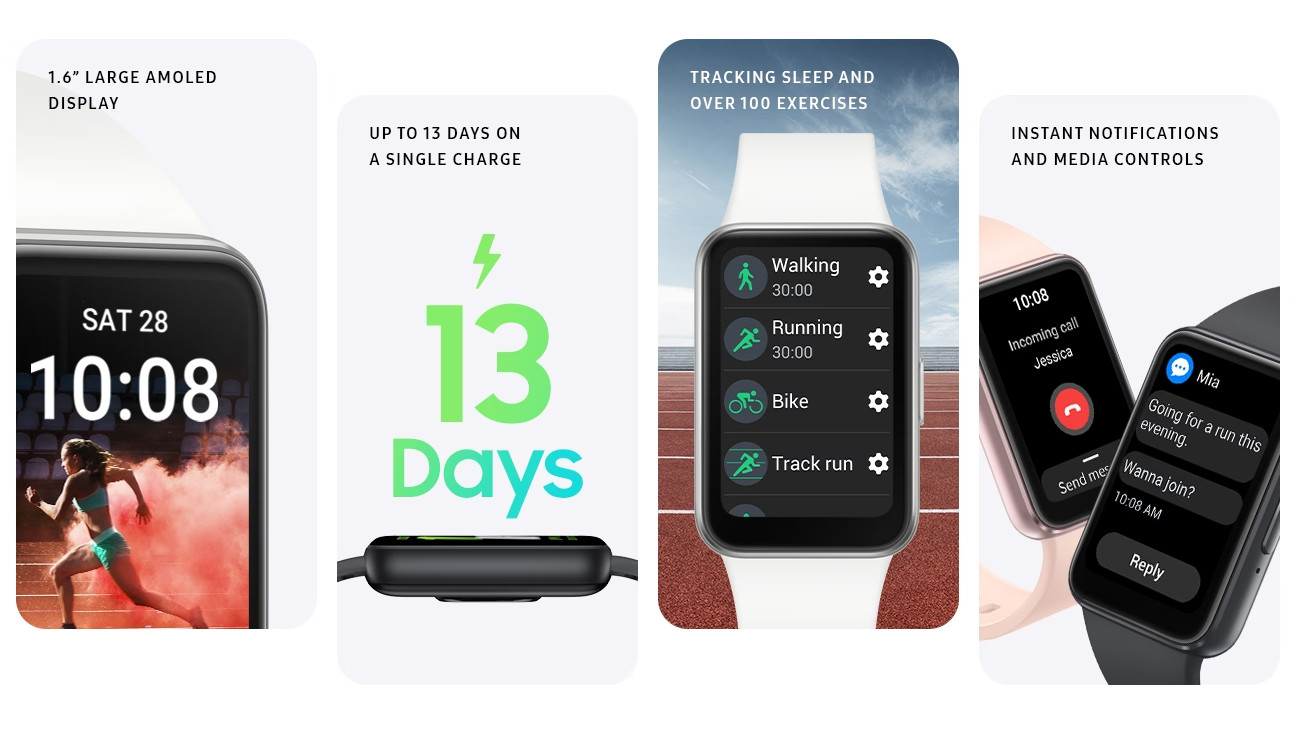
We know more about the hardware than just its display. Let’s start with some of the confirmed sensors. You can expect an accelerometer, gyroscope, and a heart rate sensor. Unfortunately, it doesn’t seem like the Galaxy Fit 3 will offer more premium features like built-in GPS and oxygen sensors.
The Galaxy Fit 3 has a 208mAh battery that can last up to 13 days. It’s worth noting the Fit 2 claimed to offer up to 21 days of life with 15 typical, so current rumors indicate the Fit 3 is a slight step down here. As a consolation, it can at least be charged extremely quickly going from zero to 65% in just 30 minutes.
The battery hit might be unfortunate, but it’s important to understand the Fit 2 was much less powerful, which might have helped with battery life but also led to occasional performance issues. The Samsung Galaxy Fit 3 is not only guaranteed to have a much faster processor, but it also has much more RAM at 16MB versus just 2MB on the original. The storage has also jumped from 32MB to 256 MB. As you’d expect, a lot of the communications standards have also improved, such as the move from Bluetooth 5.1 to 5.3.
Special features and software
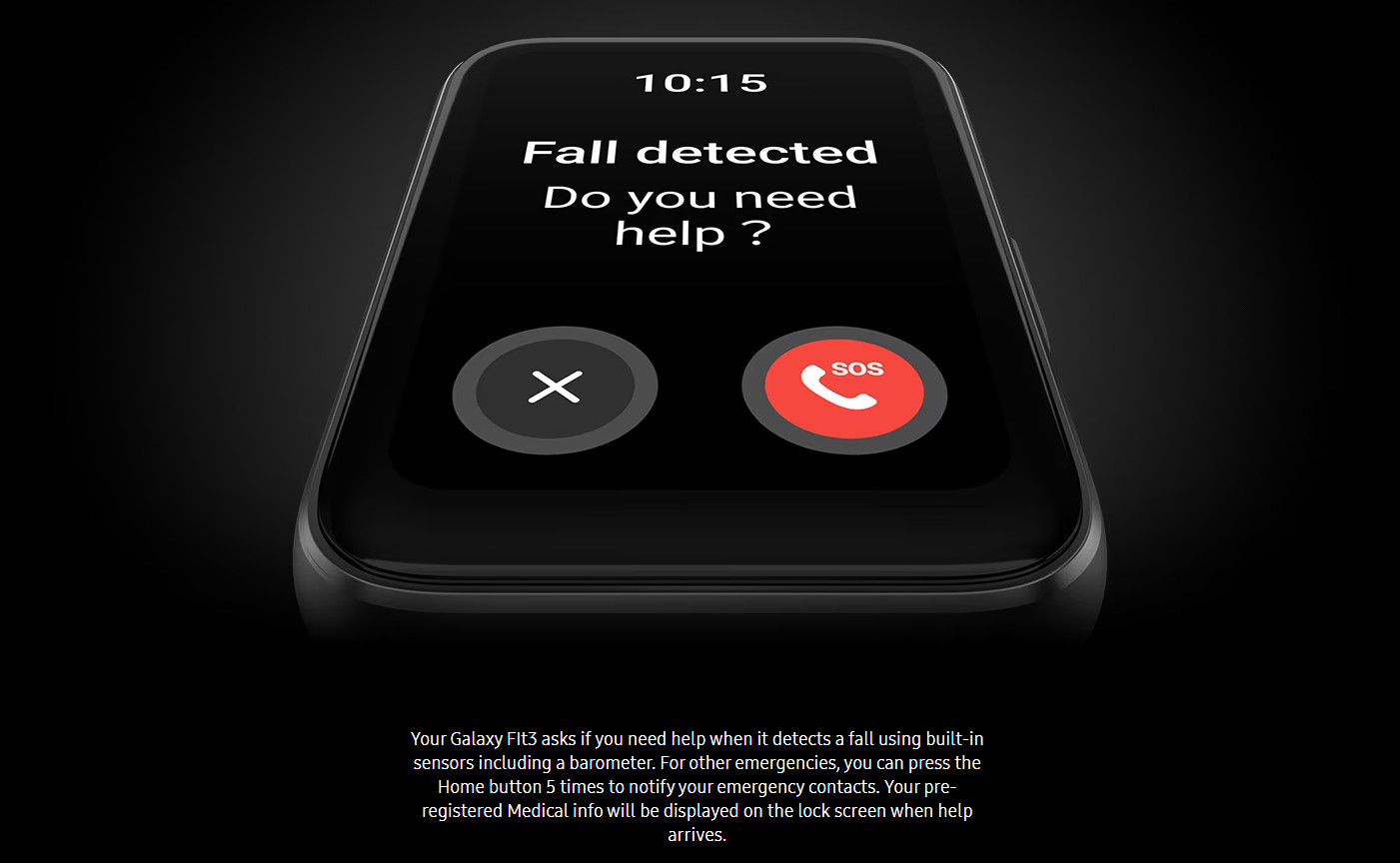
The Galaxy Fit 3 is expected to run a custom OS, which is a similar story to its predecessor. It’s unclear if the new OS will just be a modified upgrade or a more significant overhaul. That said, the original had a decent interface that was only hindered by its weak hardware. In other words, we can expect something at least as good, if not much better.
We might not know much about the new OS and software underneath, but we can tell you it isn’t expected to support third-party apps and will offer a pretty minimalist experience sticking to relatively basic apps like Calendar, Weather World Clock, and Samsung Health. Of course, you can also expect a host of new health and fitness software features, including the ability to track over a hundred types of workouts ranging from walking or running to biking and swimming.
Other health and safety features include a new 5-click shortcut to send an SOS message or display medical information for first responders, sleep tracking, snore detection, and fall detection with SOS notification alerts. That’s not all, as rumors also suggest it will feature over a hundred watch faces, a Find My Phone feature, and basic smartphone notifications for messaging and calls. There’s even supposedly a camera control function.
What might the Samsung Galaxy Fit 3 price be?
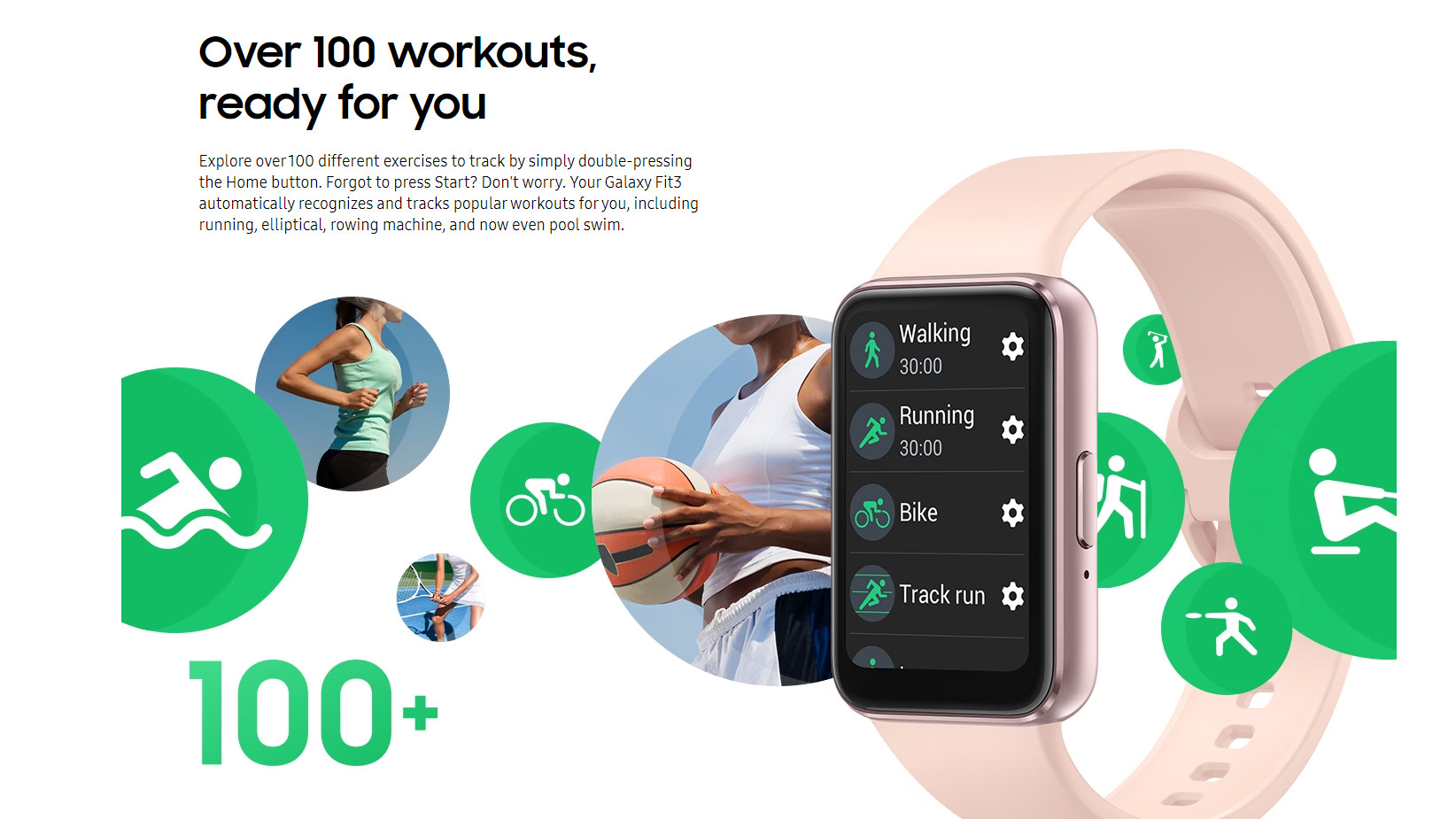
- Samsung Galaxy Fit — $99.99
- Samsung Galaxy Fit 2 — $59
The Samsung Galaxy Fit 3 is likely to be priced somewhere around $100 or less, at least if history is any indicator. After all, the original Fit model was priced at $99.99 and the second iteration was even $40 cheaper. While it might seem like a foregone conclusion that the Fit 3 would be priced similarly to its predecessor, it’s important to consider that it has been three years and our economy has changed significantly.
On one hand, the Galaxy Fit 3 could opt for a conservative approach by introducing a price hike, aligning with the Fitbit Inspire 3 at approximately $100. That’s the safe route, though. Pricing it below this threshold could position the Fit 3 as a compelling alternative to the Fitbit Inspire series and introduce serious competition to the budget fitness tracker market, which is largely dominated by Xiaomi and HUAWEI.
Should you wait for the Samsung Galaxy Fit 3?
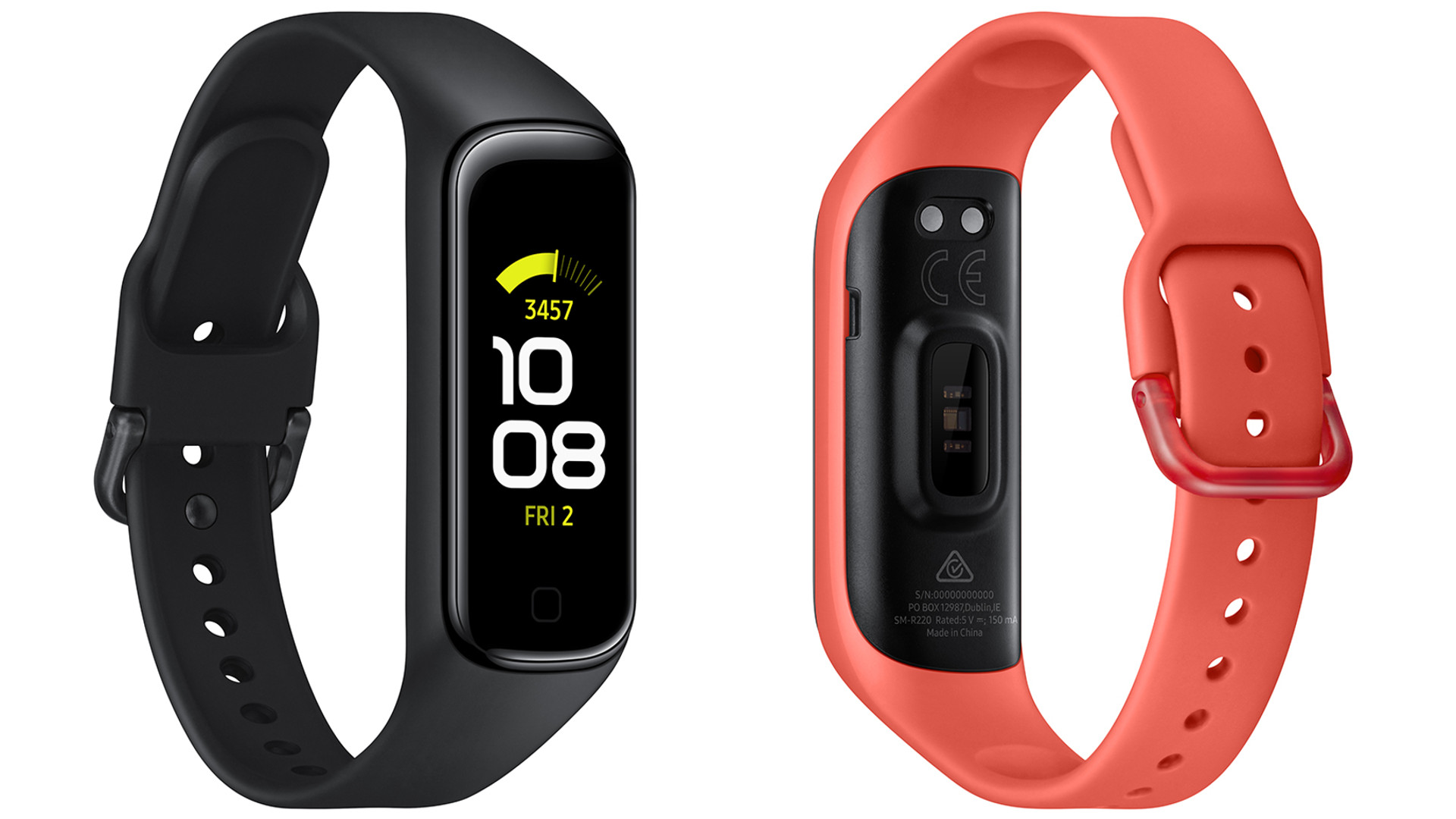
It’s unclear exactly when the Samsung Galaxy Fit 3 will launch but I can tell you I wouldn’t recommend the aging Fit 2 ($60 at Amazon) at this point. This leaves us with just a few alternatives. You could spend more and get a smartwatch with fitness-tracking capabilities but there aren’t nearly as many options for true fitness-tracking bands.
Generally, with these types of rumor roundups and wishlists for future products, I always say it’s not worth the wait, but the Samsung Galaxy Fit 3 is a rare exception. Depending on its price tag, the Samsung Galaxy Fit 3 could prove to be in a sweet spot between expensive trackers and budget offerings. At least until we know more, I would say the only reason to get a fitness tracking device now is if you are fine with getting a more full-featured smartwatch instead.
Samsung Galaxy Fit 3: What I want to see
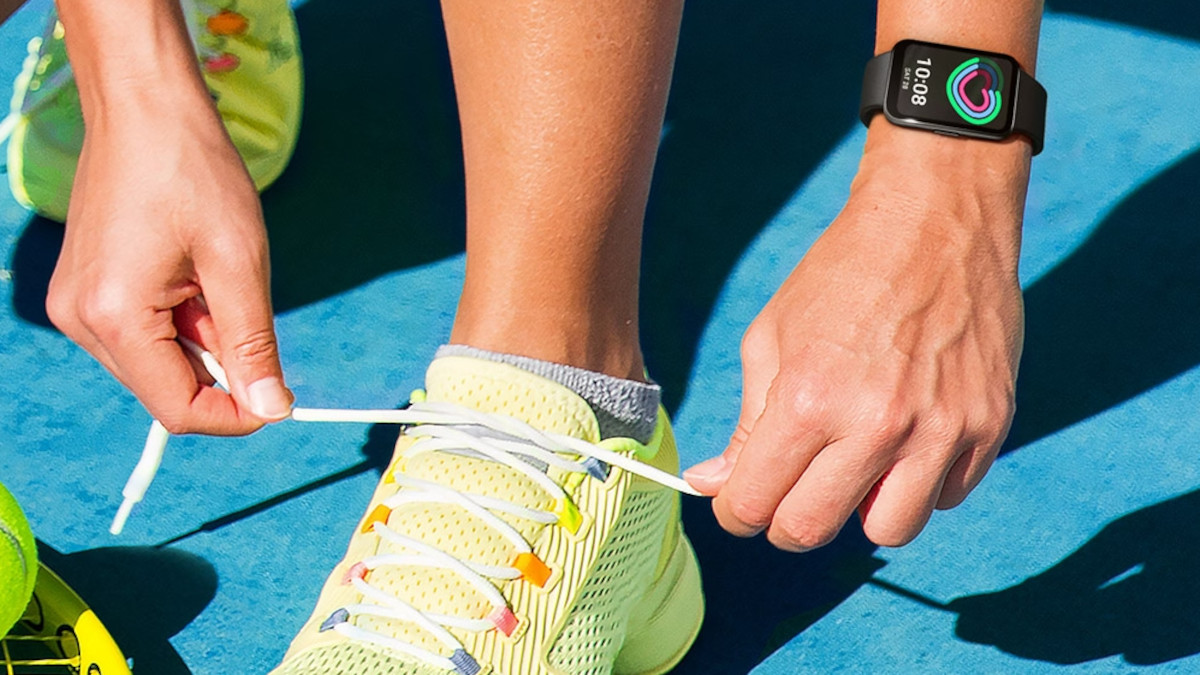
While we already know a lot about the Samsung Galaxy Fit 3, there’s at least a few things that remain clear around the actual sensor accuracy, companion apps, and more. Here’s my wishlist for just a few things I’d like to see:
Better heart rate accuracy
Pricing at under $69 back in 2020 pretty much ensured the Fit 2 was going to perform less than great when it came to sensor accuracy, just as we’ve seen from HUAWEI and Xiaomi budget fitness trackers. I’d like to see the Samsung Galaxy Fit 3 do better here.
Making its heart rate sensor a major focus could help set the Fit 3 apart from other trackers in the $100 or less range, considering how rare accurate heart rate sensors are in the budget segment.
Better companion app experience
The Fit 2 tracker’s integrated UI was quite good but the companion app experience wasn’t nearly as seamless. For starters, it required two different apps. For Android users, you needed the Galaxy Wearable mobile app and Samsung Health, while iOS users needed the Samsung Galaxy Fit app alongside Samsung Health.
Here’s hoping Samsung has either integrated its Fit 3 companion features into Samsung Health completely or it has a stand-alone app and bypasses Samsung’s health suite altogether. The former seems more likely, and preferable, but the main point is Samsung needs a flawless, easy-to-use companion experience that rivals Fitbit. This not only will help it attract former Fitbit users but also help the Fit 3 compare favorably to the jumbled app experience most other cheap trackers offer.
Combining the points above with a $75 price tag
I’ve already spoken a bit about the pricing above and how it’s likely the Fit 3 will price somewhere between $69 and $100. I feel that hitting around the $75 mark could be the perfect sweet spot here. This would make the Samsung Fit 3 seem like a great cheaper alternative to Fitbits, and yet its brand power could entice budget shoppers to go above the typical $40 to $65 range most budget trackers fall within.
Furthermore, combining this price range with the improved heart rate sensor and a better app experience would easily land budget trackers in serious trouble. Most of the cheap trackers have weak sensors and confusing app experiences, which would make the Fit 3 feel like a fresh breath of air.